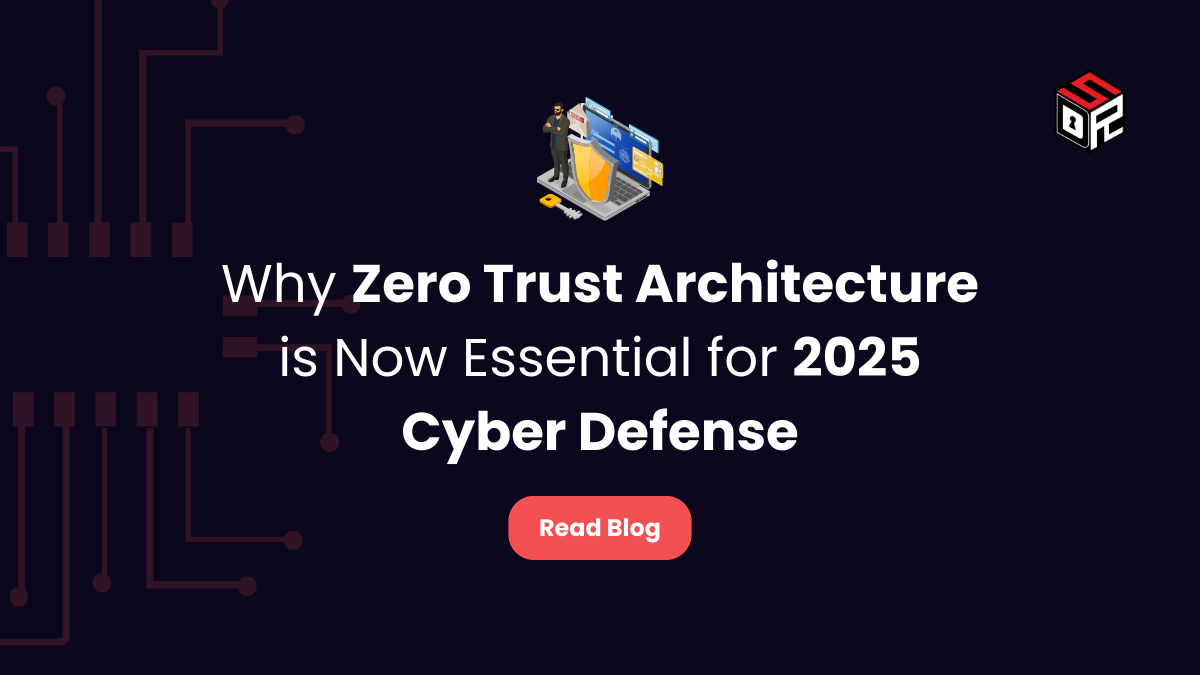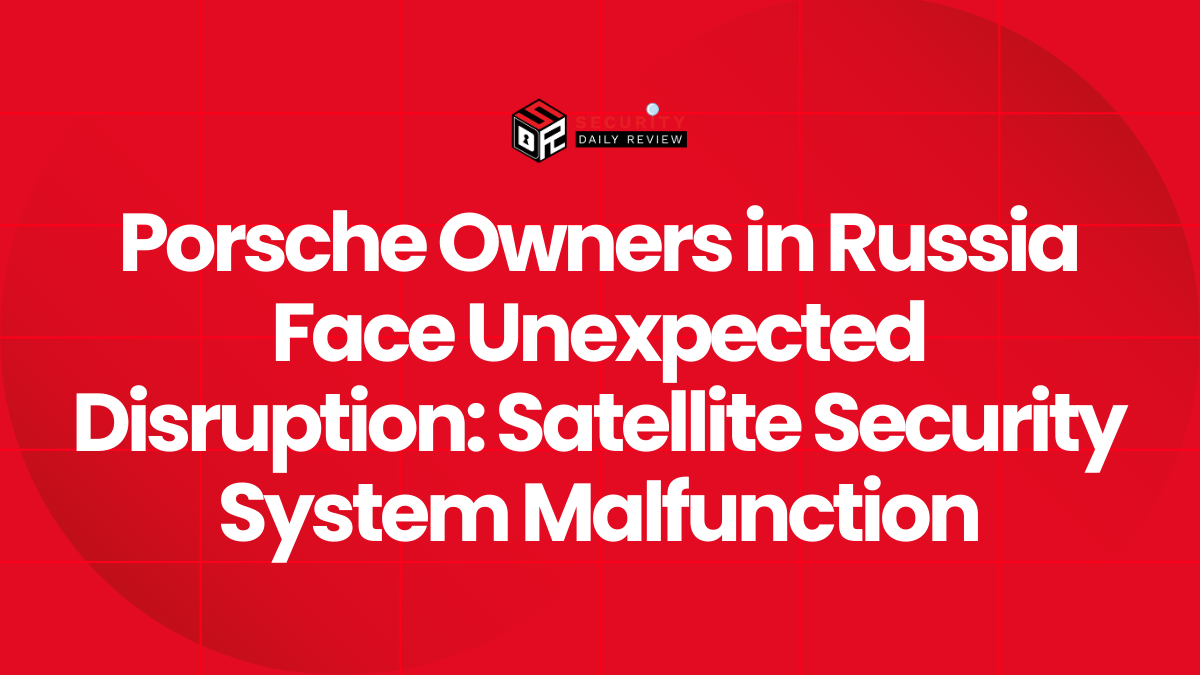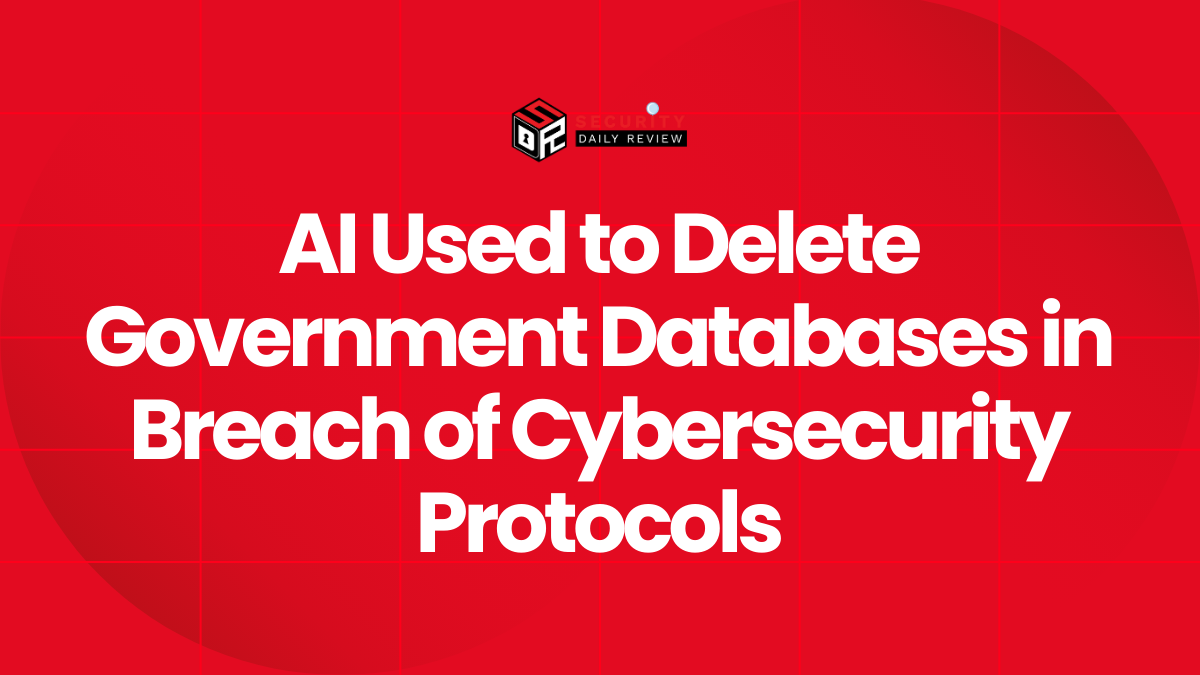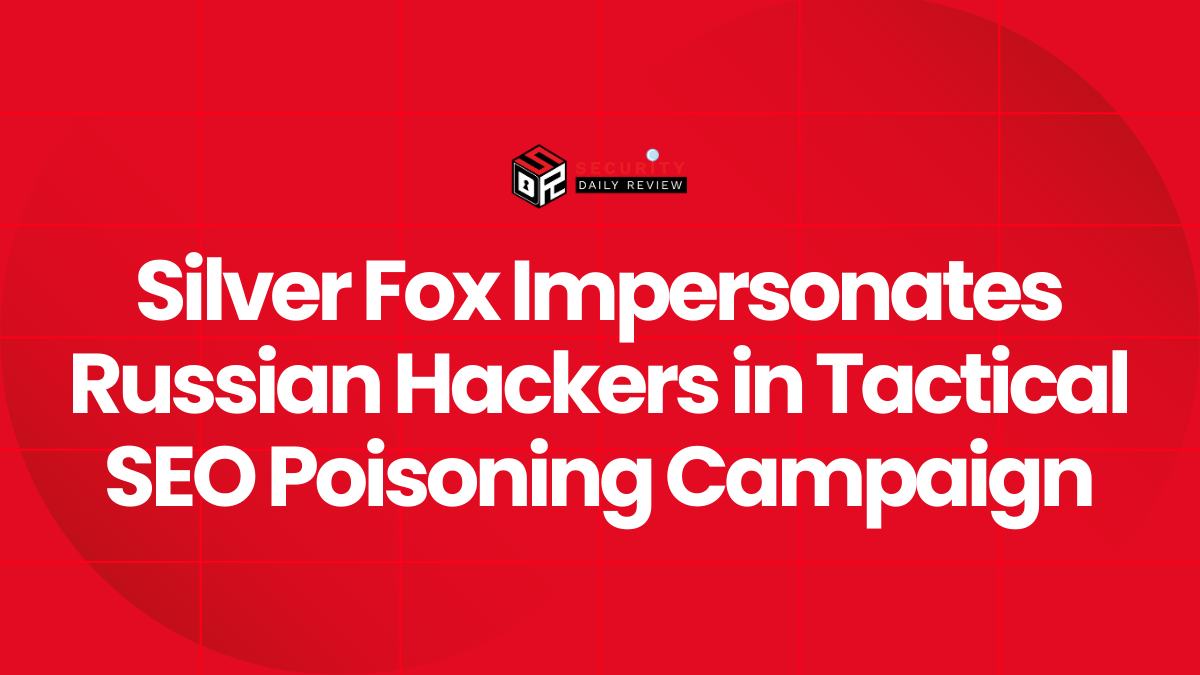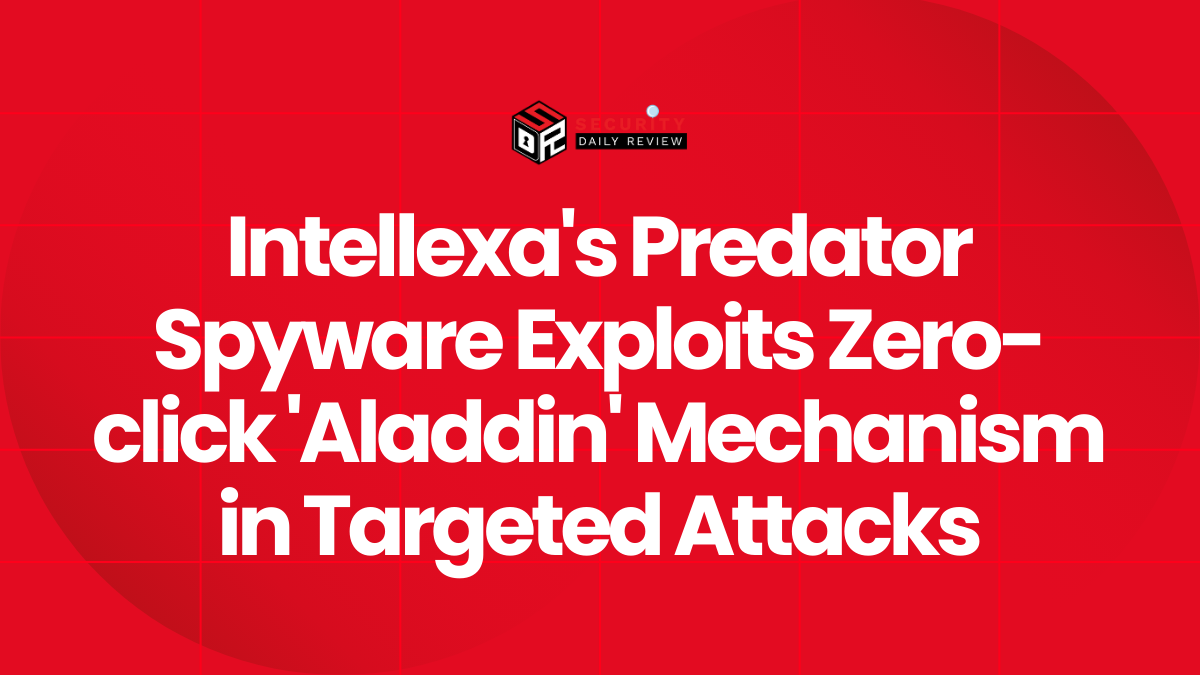As enterprises contend with increasingly complex IT environments, growing ransomware threats, and the shift toward remote and hybrid work, one cybersecurity model has emerged as a central pillar in modern security strategies: Zero Trust Architecture (ZTA). No longer a theoretical framework, Zero Trust has become a strategic imperative for securing digital operations in 2025—and enterprises across sectors are rapidly adopting it not merely as a technical solution but as a holistic security philosophy.
Zero Trust Architecture Moves From Preferred to Prescribed Cybersecurity Strategy
Zero Trust Architecture enforces a strict “never trust, always verify” approach. Rather than assuming internal traffic is safe, Zero Trust continuously authenticates, authorizes, and monitors all access requests—each user, device, application, and transaction—before granting access, regardless of network location.
Recent data shows this transformation is well underway. The global Zero Trust market is set to hit $22.58 billion in 2025, up from $19.89 billion last year. Longer-term, projections from Expert Insights estimate growth to $86.57 billion by 2030, with a 17.7% compound annual growth rate (CAGR). In practice, that means Zero Trust is maturing from early-adopter experiments to mission-critical deployments in enterprise and government sectors.
Key Drivers: Hybrid Work, Cloud Expansion, and Regulatory Requirements
Several intersecting factors are pushing organizations to overhaul perimeter-based security models:
- The rise of remote and hybrid workforces has dissolved traditional network boundaries.
- Multi-cloud environments have increased the number of endpoints and exposed services.
- Regulatory mandates such as GDPR, CCPA, and sector-specific requirements now demand stricter access controls and audit capabilities.
According to a 2025 survey of over 2,200 IT and business leaders, 43% of organizations have already adopted Zero Trust principles, and an additional 46% are actively transitioning. Only 11% remain without any implementation, highlighting widespread acceptance of Zero Trust as both a compliance strategy and a best practice for modern network security.
Government initiatives are also accelerating adoption. In the U.S., the Cybersecurity and Infrastructure Security Agency (CISA) has devoted significant funding toward federal Zero Trust modernization, prioritizing identity-proofing and encrypted domain name system (DNS) solutions. However, a recent audit revealed that only one out of five federal agencies currently meets CISA’s maturity benchmarks, slowed by outdated legacy infrastructure.
Meanwhile, Asia-Pacific countries have surged ahead. Over two-thirds of enterprises in this region now run formal ZTA programs. Incentives from governments in Singapore and Australia, along with mandates from Japan’s Financial Services Agency for fintech firms, are helping spur adoption.
AI and Network Architecture Innovations Enable Scalable Zero Trust Deployments
Zero Trust Architecture is not just about access policies; it requires continuous monitoring, tight segmentation, and adaptive enforcement. This is where artificial intelligence (AI) and integrated network architectures come to the forefront.
By 2028, 60% of ZTA tools are expected to incorporate AI capabilities, including:
- Behavioral analytics to detect and respond to anomalies in real time.
- Automated operating system (OS) patching, used to eliminate millions of vulnerabilities.
- Dynamic policy enforcement based on contextual signals such as device posture, user intent, and geolocation.
Security frameworks like Secure Access Service Edge (SASE) and Zero Trust Network Access (ZTNA) are converging to reduce the attack surface.
Micro segmentation—creating isolated enclaves within network environments—is becoming more common, minimizing lateral movement during breaches. It’s estimated that 40% of large organizations will replace traditional VPNs with ZTNA by 2027, transitioning toward location-agnostic, identity-centric access control.
Deployment Models and Industry-Specific Adoption Trends Reveal Nuanced Patterns
On-premises remains the dominant Zero Trust deployment model, with 77% market share as of 2022, favored for its control over sensitive internal systems. However, cloud deployments are expanding at a faster pace—projected to grow by 17% between 2023 and 2030—as organizations look for greater flexibility and scalability.
Some notable industry-specific trends include:
- IT and telecommunications had the highest revenue share (45%) in earlier years of adoption.
- Healthcare is now the fastest-growing vertical, owing to telehealth expansion and frequent targeting by cybercriminals.
- Large enterprises account for 76% of Zero Trust revenue, but small and midsize enterprises (SMEs) are projected to outpace them in adoption growth by 2030.
Accelerated adoption has also been linked to measurable improvements. On average, organizations see Zero Trust secure about 50% of their environment and reduce overall enterprise risk by up to 25%.
Implementation Challenges Remain, but Strategic Approaches Minimize Friction
Despite the momentum, Zero Trust implementation is not without roadblocks:
- Mapping complex data flows across hybrid and third-party systems is resource-intensive.
- Budgetary constraints and operational impacts have led to estimates that 30% of organizations might abandon ZTA efforts by 2028.
- Only a third of IT teams currently possess the skills to manage identity-first security models.
Experts stress that organizations must embrace a phased rollout to manage these complexities. Recommended strategies include:
- Begin With Critical Assets: Protect high-value systems first using tools such as sensitivity labelling and least-privilege access rules.
- Automate Using AI: Deploy AI-driven detection, threat hunting, and patching to scale operational efficiency.
- Invest in Talent: Collaborate with managed service providers (MSPs) when internal skills fall short, and launch internal training across teams managing cloud, identity, and compliance.
Some enterprises have successfully overcome internal resistance by reframing Zero Trust as a business enabler. Benefits such as faster incident response, lowered insider risk, and improved experiences for employees and customers help validate the investment.
For CISOs, Scaling Zero Trust is Now the Cybersecurity Imperative
The shift to Zero Trust is reshaping cybersecurity architectures for the next decade. In the face of increasing cloud reliance, AI-enabled attacks, and evolving regulatory pressures, the traditional perimeter is no longer viable. What was once viewed as optional has become a baseline.Security leaders must now focus on how to implement and scale Zero Trust sustainably. Beyond protecting assets, mature Zero Trust deployments offer a path toward operational resilience and cyber-informed business agility—a competitive necessity in 2025 and beyond.

